25 Items That Used To Be Cheaper In The 1960s
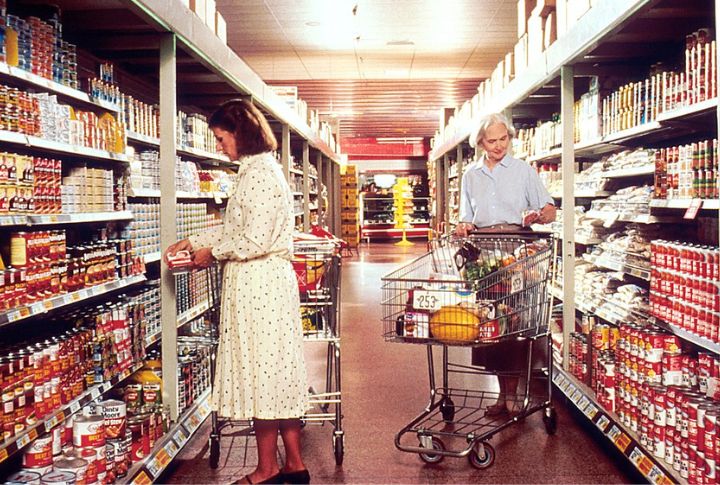
Picture walking into a store, reaching into your pocket, and pulling out just a handful of coins—enough to cover groceries, a snack, and even a little treat. Sounds unreal? Not in the 1960s. Everyday essentials were so affordable that price tags barely raised an eyebrow. Let’s step back in time and explore the everyday items that once cost mere cents but feel like a distant bargain today.
Bread

Sliced bread wasn’t just the greatest invention; it was also dirt cheap. Back then, a standard loaf cost around 20 cents, making sandwiches the ultimate budget meal. Compare that to today’s artisan loaves, which can cost upwards of $5. The shift? Inflation, ingredient costs, and, apparently, the “luxury” of pre-sliced carbs.
Fresh Produce
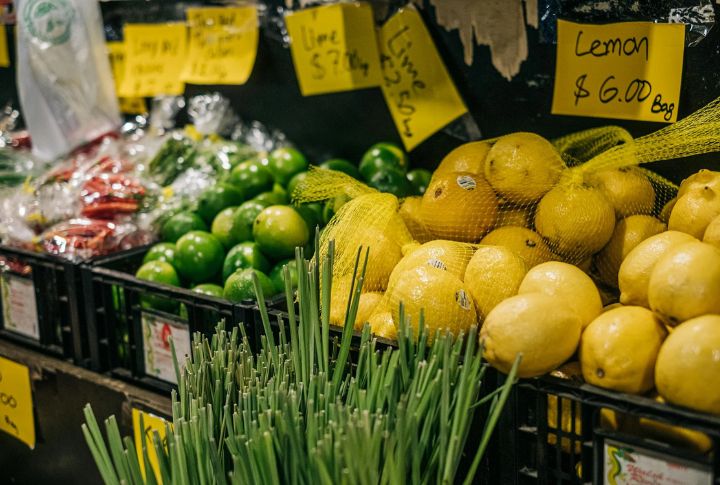
Farm-fresh fruits and veggies were surprisingly affordable, thanks to smaller supply chains and fewer processing costs. You could buy a bunch of bananas or a bag of apples for under 30 cents. Today, organic labels and global transportation add layers of cost, turning a simple grocery run into a financial decision.
Soda Pop
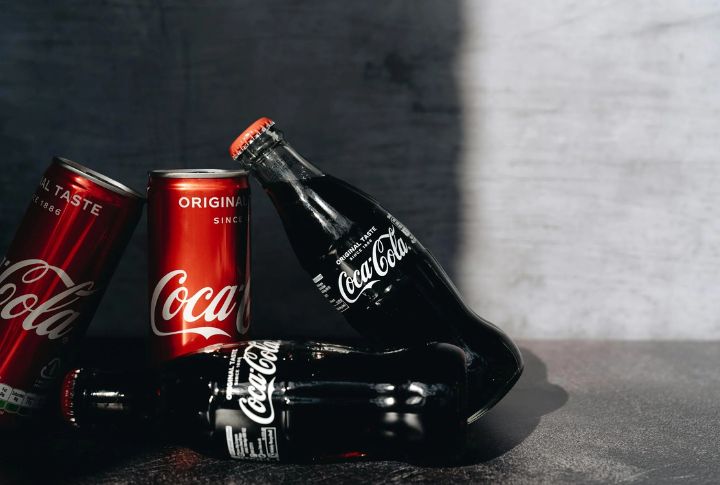
Soda once cost just 10 cents, which made it an effortless purchase for many. Over time, inflation, sugar taxes, and branding have pushed prices past $2. Higher production costs and regulatory changes continue to drive up costs, turning a once-affordable drink into an increasingly expensive choice.
Movie Tickets
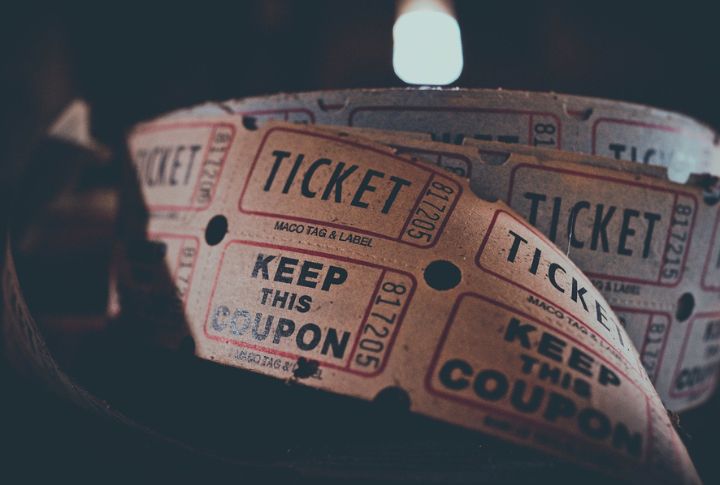
Seeing a film in the 1960s set you back about 50 cents. Now, basic tickets often cost $12 or more, not including the luxury recliners and premium formats. Streaming and high-budget productions changed the game, but the days of casually catching a flick for pocket change are long gone.
Hamburgers
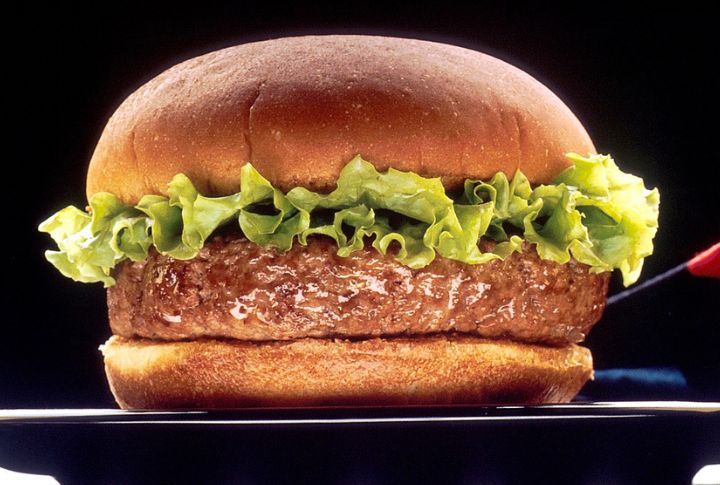
Fast food wasn’t just fast—it was absurdly cheap. A classic McDonald’s hamburger used to cost just 15 cents. However, now dollar menus barely exist, and combo meals can hit $10 or more. Inflation and rising wages played a role, but corporate profits didn’t stay small, either.
Eggs
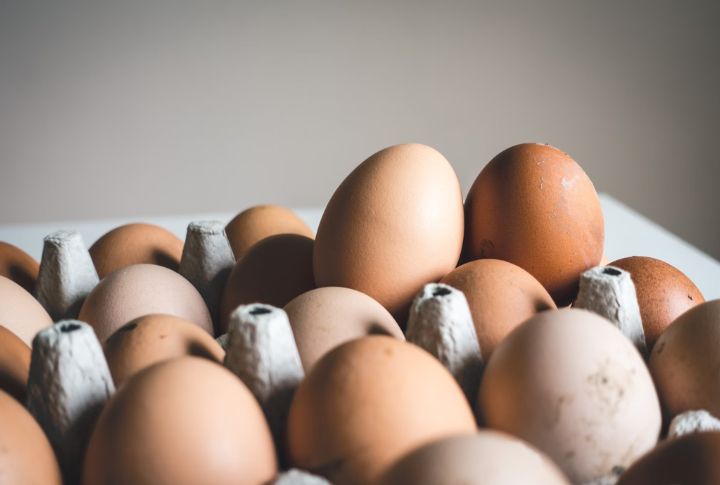
Eggs were once one of the most budget-friendly protein sources, priced at just 50 cents per dozen. Fast forward, and prices fluctuate wildly, sometimes hitting $5 or more. Disease outbreaks, feed costs, and industry monopolies have turned this breakfast staple into a price rollercoaster.
Women’s Clothing
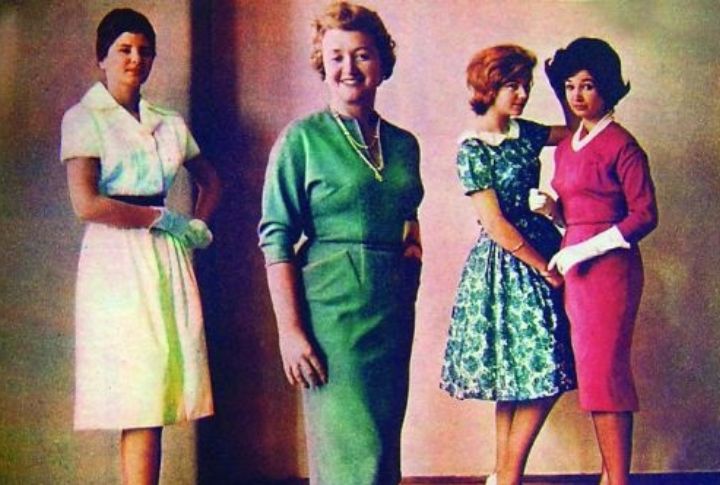
A decade known for elegant, well-crafted clothing, the 1960s offered stylish dresses for as little as $10. With the shift toward disposable fashion, affordable garments flood the market, yet those seeking high-quality materials and construction often pay well over $100 per dress.
Frozen Pizza

Decades ago, frozen pizzas provided an affordable meal, selling for less than a dollar. As food trends evolved, premium ingredients and marketing tactics transformed this simple option into a pricier convenience, with costs frequently exceeding $5 per pie.
Coffee

Grabbing a cup of coffee barely made a dent in your pocket—just 10 to 25 cents got you a fresh, no-frills caffeine boost. Today? That same cup might come with a barista’s life story, a fancy milk alternative, and a $7 price tag. Who knew a simple cup of joy could turn into a financial commitment?
Gasoline
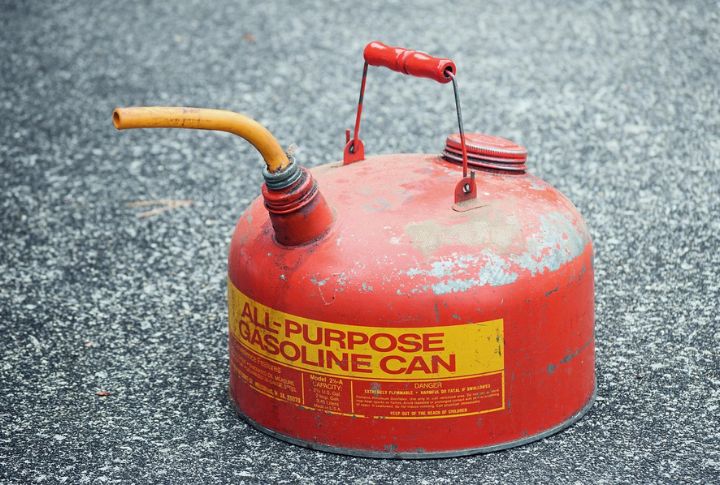
For just 30 cents per gallon, drivers in the 1960s could afford to hit the road without thinking twice. Over the years, market demand, inflation, and geopolitical events have steadily driven prices up, making what was once an afterthought a major financial concern.
Toilet Paper
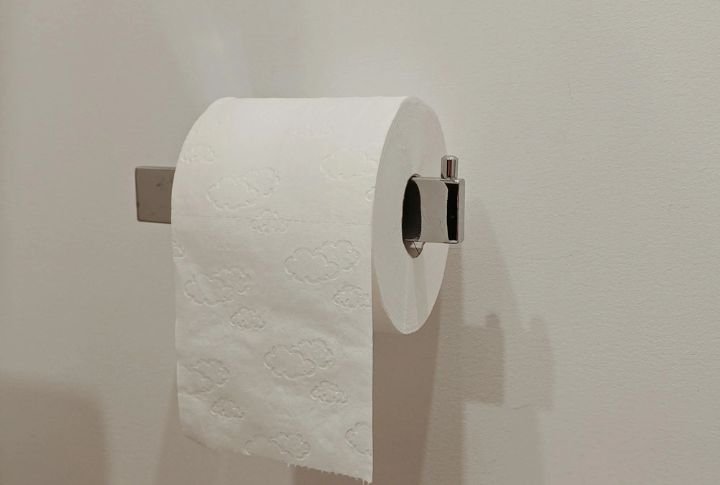
Toilet paper wasn’t just plentiful—it was cheap, costing less than a dollar per large pack. Now, bulk TP can cost $20 or more, thanks to production costs, shortages, and branding (yes, luxury toilet paper exists). The price hike has turned this everyday necessity into a surprisingly pricey household staple.
Gas For A Car

With gasoline at rock-bottom prices, road trips were an affordable adventure for families. In comparison, even a short getaway now comes with a hefty fuel bill, which makes spontaneous cross-country drives more of a financial commitment than a carefree joyride.
Cars
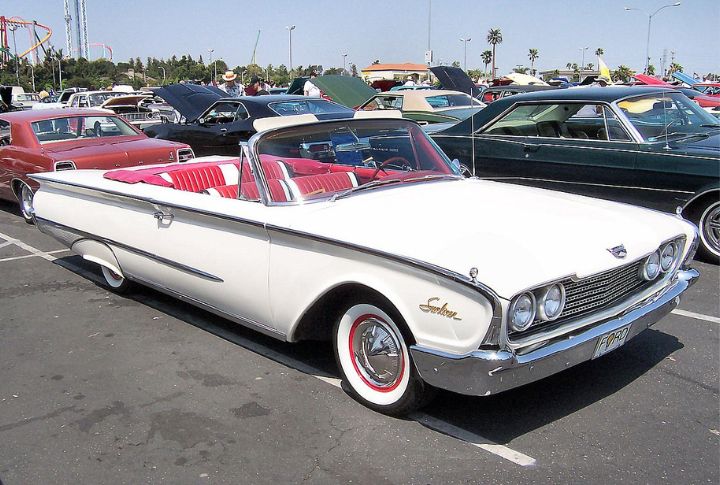
Owning a brand-new car in the 1960s cost under $3,000. That same car today? Try $40,000 or more. Advances in technology, safety features, and inflation drove up prices, but so did corporate strategies that pushed financing and leasing over outright ownership.
Ice Cream Cones

For just a nickel or a dime, a hand-scooped ice cream cone was the ultimate simple pleasure. Whether from a local shop or a street vendor, this frosty delight was affordable for kids and adults alike. No complicated flavors, no extravagant toppings—just creamy, old-fashioned goodness at a bargain.
Television Sets
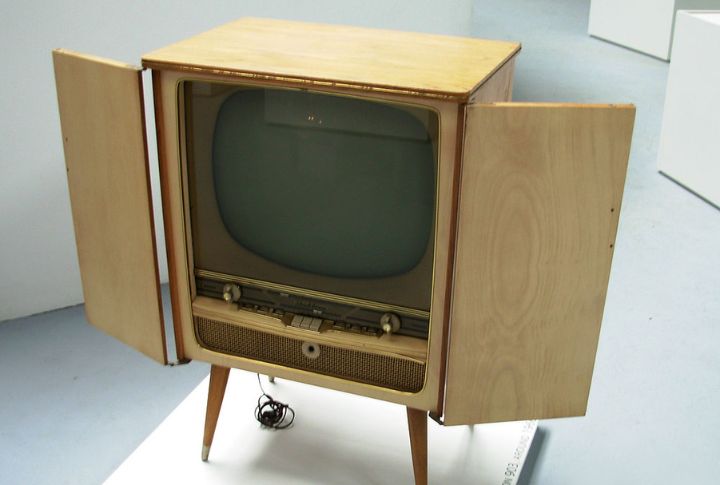
Televisions have evolved from bulky boxes to sleek, high-definition smart screens packed with features. But with innovation comes cost—once a major purchase at $300 now easily surpasses $1,500. Staying ahead in home entertainment now means paying a premium for the latest tech.
Books

Printed words haven’t changed, but their price tags certainly have. Paperbacks that once cost a quarter can now hit $30 or more, while hardcovers and e-books rival luxury goods in pricing. Market shifts and rising costs have turned book-buying into a decision rather than an impulse.
Milk
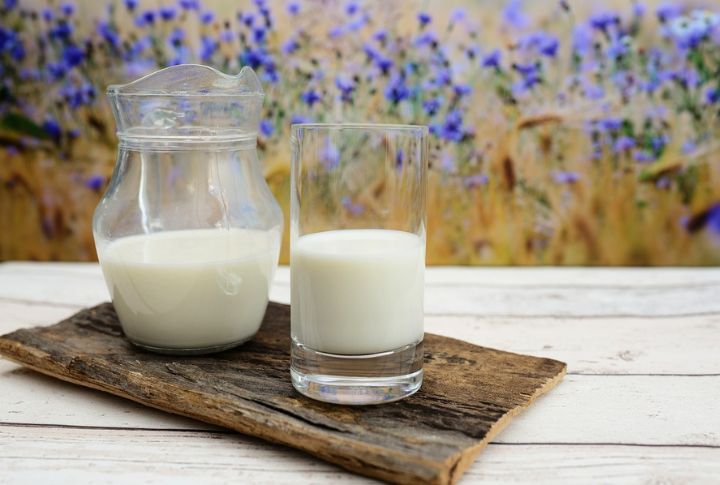
A gallon of milk in the 1960s set you back $1 or less, a bargain compared to today’s fluctuating dairy prices. Industrial farming and subsidies kept costs low, but changing production methods and consumer demand have turned this fridge staple into a costly necessity.
Toothpaste

Toothpaste was under 50 cents per tube, offering basic cleaning without frills. Now, brands sell specialty formulas—whitening, charcoal, enamel repair—costing up to $8 per tube. Marketing, ingredients, and consumer demand for extras have transformed a simple necessity into a pricey bathroom essential.
Cleaning Supplies
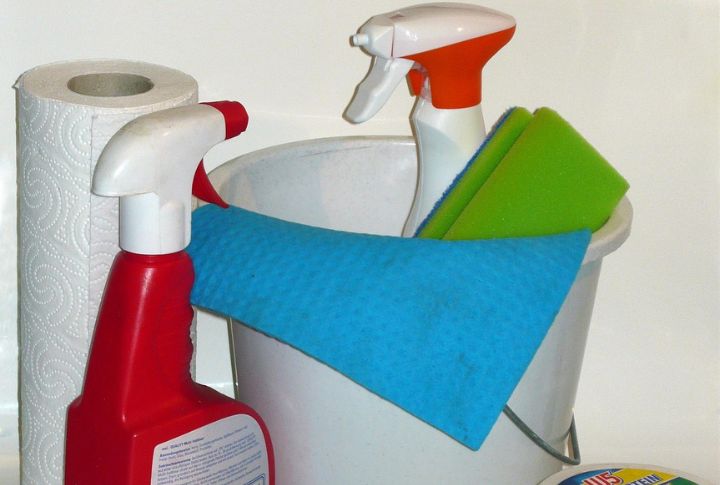
In the 1960s, household cleaners were simple, affordable, and effective. A bottle of multipurpose cleaner costs under a dollar. Now, shelves are lined with dozens of formulas—organic, antibacterial, eco-friendly—often priced at $5 to $10 per bottle.
Shoes

Imagine going into a store, selecting a durable pair of leather shoes, and leaving with only $10 less in your pocket. No synthetic materials, no glued-together soles—just quality craftsmanship at a bargain. Footwear wasn’t disposable, and grabbing multiple pairs wasn’t a splurge. It was just smart shopping.
Washing Machines

At just $100, buying a washing machine was an affordable step toward home convenience. Designed with simple mechanics and durable parts, these machines often ran for decades without major issues. In contrast to the frequent appliance upgrades of today, they were designed as a long-term investment, not a short-term solution.
Postage Stamps
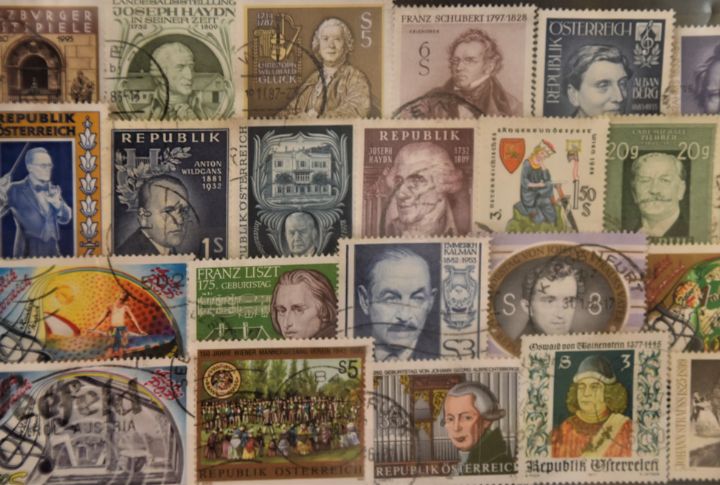
In the 1960s, a first-class stamp only cost 4 cents. With such low prices, sending letters was an easy and affordable way to stay connected. Whether it was a handwritten note or a bill payment, mailing something didn’t break the bank—it was just part of everyday life.
Magazines

Picking up the latest issue of a favorite magazine barely made a dent in the wallet. With cover prices as low as 25 cents, glossy pages filled with fashion, news, and entertainment were easy to grab at grocery stores and newsstands. Today, subscriptions and single issues come at a much steeper price.
Butter

With a price tag of just 70 cents per pound, butter was a kitchen necessity that didn’t strain the budget. Fast forward, and prices have skyrocketed, with some brands charging triple that. The culprit? Rising dairy farm expenses, transportation costs, and the trend of “artisanal” butter.
Shampoo Bottle
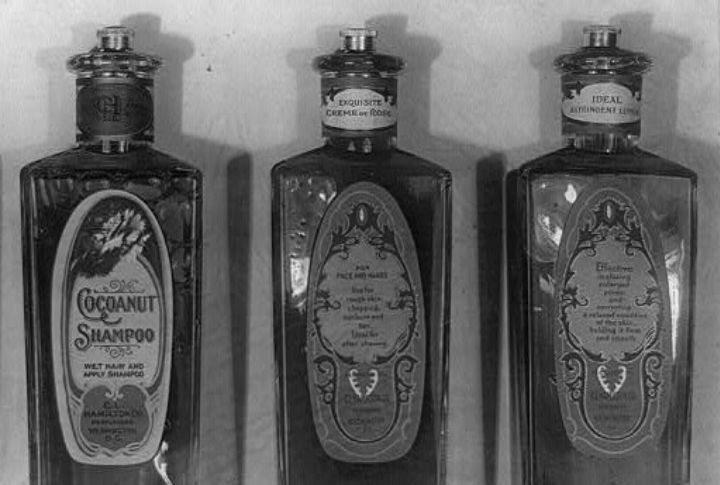
Shampoo was remarkably cheap in the 1960s, with a bottle costing under $1. Today, you can pay $3-5 or more for shampoo, especially with the explosion of boutique and organic brands. Your hair care routine has probably gotten more expensive, but has it gotten better? That’s for you to decide.






